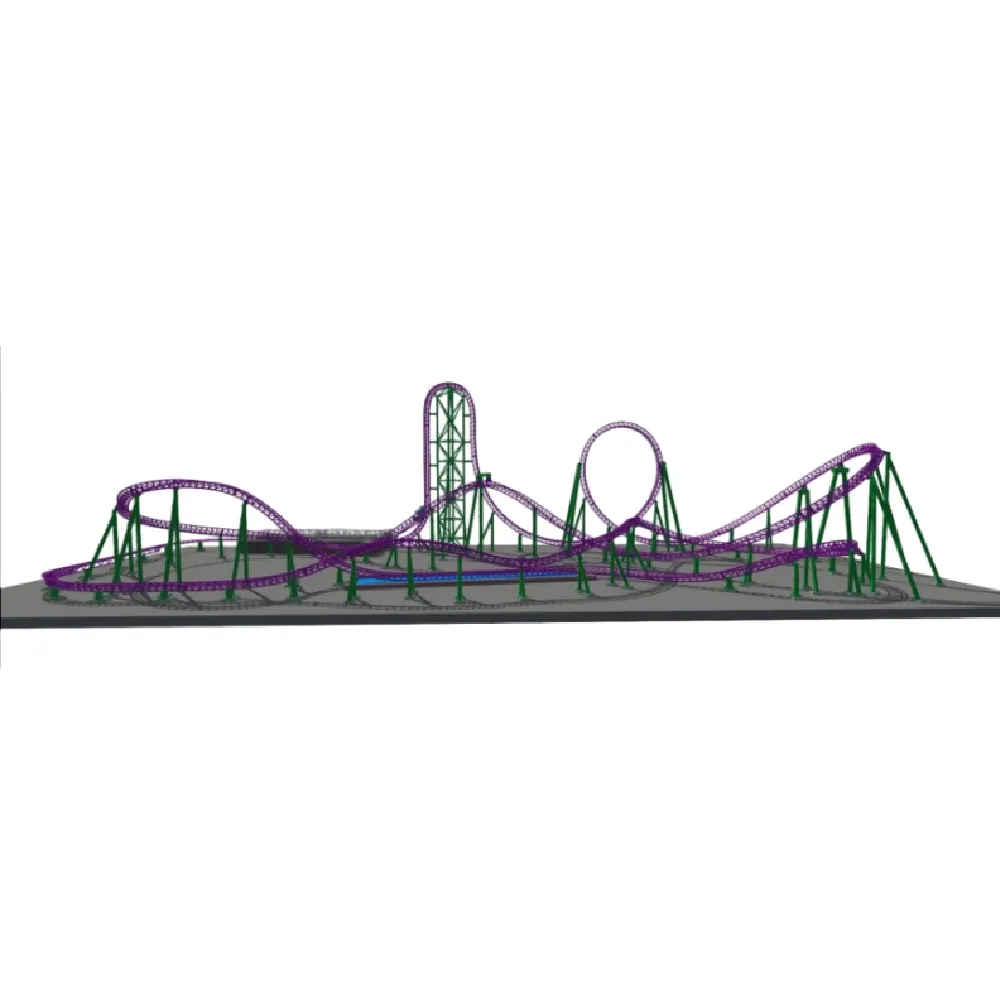- Albanian
- Arabic
- Belarusian
- Bengali
- Czech
- English
- French
- German
- Hebrew
- Hungarian
- Indonesian
- irish
- Italian
- Japanese
- kazakh
- Persian
- Russian
- Thai
- Uzbek
- Vietnamese
immersive virtual roller coaster experience for thrill-seekers and adventure lovers alike
Virtual Roller Coaster A New Frontier in Thrill-Seeking
In recent years, technology has opened up a realm of possibilities in the way we experience entertainment. The advent of virtual reality (VR) has particularly revolutionized various sectors, and one domain that has seamlessly embraced this technology is that of amusement parks and thrill rides. Among the most compelling applications of VR in this arena is the concept of the virtual roller coaster—a thrilling blend of high-speed adventure and immersive digital experiences that transcends traditional amusement park limitations.
A virtual roller coaster offers an exhilarating ride without the physical constraints of a real coaster. By donning a VR headset, riders are transported to fantastical worlds, complete with breathtaking visuals, sound effects, and simulations that mimic the feeling of extreme speeds, sudden drops, and thrilling loops. This innovative experience introduces an exciting dimension to the concept of roller coasters, providing an escape from reality that feels both authentic and surreal.
One of the significant advantages of virtual roller coasters is their accessibility. Traditional roller coasters are subject to various physical requirements, such as height and health restrictions, which can limit who can enjoy the thrill of a ride. Conversely, a virtual roller coaster can accommodate a wider range of individuals, allowing more people to engage in the experience without the fear of real-life physical limitations. This inclusivity may also encourage those who might be hesitant to ride traditional coasters, helping them to overcome their fears in a safe, controlled environment.
Moreover, virtual reality allows for endless creativity in design. Unlike physical roller coasters, which are constrained by engineering limitations and safety regulations, virtual roller coasters can incorporate surreal landscapes, fantastical elements, and themed environments that can’t be replicated in real life. Imagine gliding through a neon-lit cityscape, racing alongside dragons, or soaring through outer space—each experience can be tailor-made to cater to various audiences. This versatility keeps the excitement fresh, as new rides can be developed without the need for massive construction projects.
virtual roller coaster

Additionally, virtual roller coasters can be a fantastic tool for education and simulation. They can be utilized in training environments for roller coaster designers and engineers, allowing them to visualize and virtually test new designs before any physical elements are constructed. This not only speeds up the design process but also enhances safety, as potential issues can be identified and addressed in the virtual environment.
However, despite the advantages, the virtual roller coaster experience is not without its challenges. VR experiences can lead to motion sickness in some users, especially when the virtual motion does not match real-world sensations. Designers are continuously working to create smoother experiences that align the virtual and physical sensations, ensuring a pleasurable experience for everyone. Furthermore, the technology involved can be costly and requires maintenance, which could limit the extent to which virtual roller coasters can be integrated into amusement parks.
As the technology continues to evolve, the future of virtual roller coasters appears promising. Advancements in VR hardware, such as lighter headsets, improved graphics, and enhanced motion tracking, are making these experiences more immersive and enjoyable. As more amusement parks experiment with this technology, we are likely to see a surge in virtual roller coaster offerings that can attract a diverse audience seeking unique thrills.
In conclusion, the virtual roller coaster stands at the intersection of thrill-seeking and cutting-edge technology. It eliminates physical constraints, promotes inclusivity, and showcases boundless creativity, redefining the very notion of what a roller coaster can be. As we venture further into the digital age, the excitement of virtual roller coasters is just beginning, promising adventure and thrills for generations to come. Whether it’s for a casual outing or a daring adventure, the fusion of virtual reality with amusement rides undoubtedly represents a transformative leap forward in entertainment.
-
Flume Ride-Hebei Zhipao Amusement Equipment Manufacturing Co., Ltd.|Thrilling Water Attraction&Customizable DesignJul.30,2025
-
Flume Ride - Hebei Zhipao Amusement Equipment | Water Coaster, Thrilling DescentJul.30,2025
-
Flume Ride - Hebei Zhipao | Thrilling Water AttractionJul.30,2025
-
Flume Ride: Thrilling Water Attraction by Hebei Zhipao|Log Flume Manufacturers&Flume Ride DesignJul.30,2025
-
Flume Ride-Hebei Zhipao Amusement Equipment Manufacturing Co., Ltd.|Thrilling Water Coaster, Safe DesignJul.30,2025
-
Flume Ride-Hebei Zhipao Amusement Equipment Manufacturing Co., Ltd.|Thrilling Water Attraction, Safe DesignJul.30,2025
